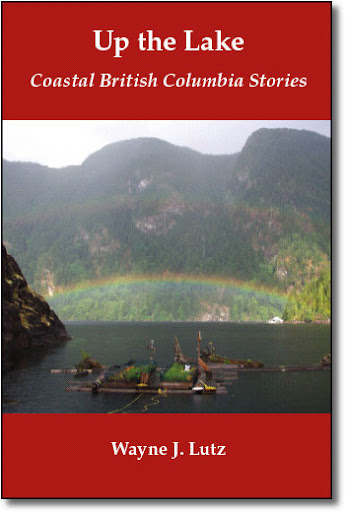 |
| Spiced Canned Apples |
I’ve been canning a lot this year, mostly things from my garden. I wanted to make some spiced canned apples, I don’t have an apple tree. I priced of apples at the store and decided to forget it, until my good friend John gave me a bag of gleaned apples from the tree in the Dodd Lake campground.
 |
| Using free gleaned apples. |
I’ve made spiced canned apples before, but looked at recipe online for ideas, then used the tested one from my
Farm Journal's Freezing and Canning Cookbook.
I peeled and sliced the apples, placing them in water with lemon juice to retard browning.
I chose to make medium sugar syrup. Next time I’ll use thin syrup to make them less sweet. Here are the proportions from the cookbook:
Sugar Syrups for Canning
|
Type
|
Sugar Cups
|
Water Cups
|
Yield
|
Thin
|
2
|
4
|
5
|
Medium
|
3
|
4
|
5 ½
|
Heavy
|
4 ¾
|
4
|
6 ½
|
 |
| Draining apples. |
I put 6 cups of water and 4 ½ cups of sugar (one and a half time the medium amount) to make sure I would have enough for all of my apples. I heated it to boiling in a large pot and added spices (1 teaspoon allspice and 2 teaspoons cinnamon) tied in cheesecloth. This kept the dark ground spices out, but allowed the flavours to infuse the syrup.
 |
| Cooking the apples in syrup. |
Next I drained the sliced apples, added them to the boiling syrup, and cooked them for 5 minutes. In the meantime I was preparing my water bath canner and sterilizing my pint jars. To keep the jars warm until the moment of filling, I put them in the oven at 250°F.
 |
| Filling canning jars. |
Just before filling, I added one cut to fit cinnamon stick to each jar. I ladled the cooked apples into each jar and filled them with hot syrup to ½” head space remaining. Sterilized lids and rings closed each jar, and they were processed in a water bath canner for 15 minutes.
 |
| Into the water bath canner for 15 mintues. |
After five minutes rest in the hot canner, they were placed on a towel to cool and seal. I love to hear that distinctive snap.
I had enough apples for five pints with a little bit extra, and there was syrup left over. I decided to add a few more diced apples to cook down into applesauce.
 |
| Mashing remaining apples for applesauce. |
I simmered them in the sauce and then used a potato masher to make chunky sauce. I filled half-pint jars with ¼” head space they went into the water bath canner for fifteen minutes.
Waste not, want not. I use propane tanks to power my stove, so reusing a large pot of hot water is a real savings.
 |
| Five pints of Spiced Canned Apples and three half-pints of chunky applesauce. |
Now I have five pint of spiced apples and three half-pints of applesauce to enjoy as winter progresses. And, I know where to go next year to get even more apples. Thanks John! -- Margy































































